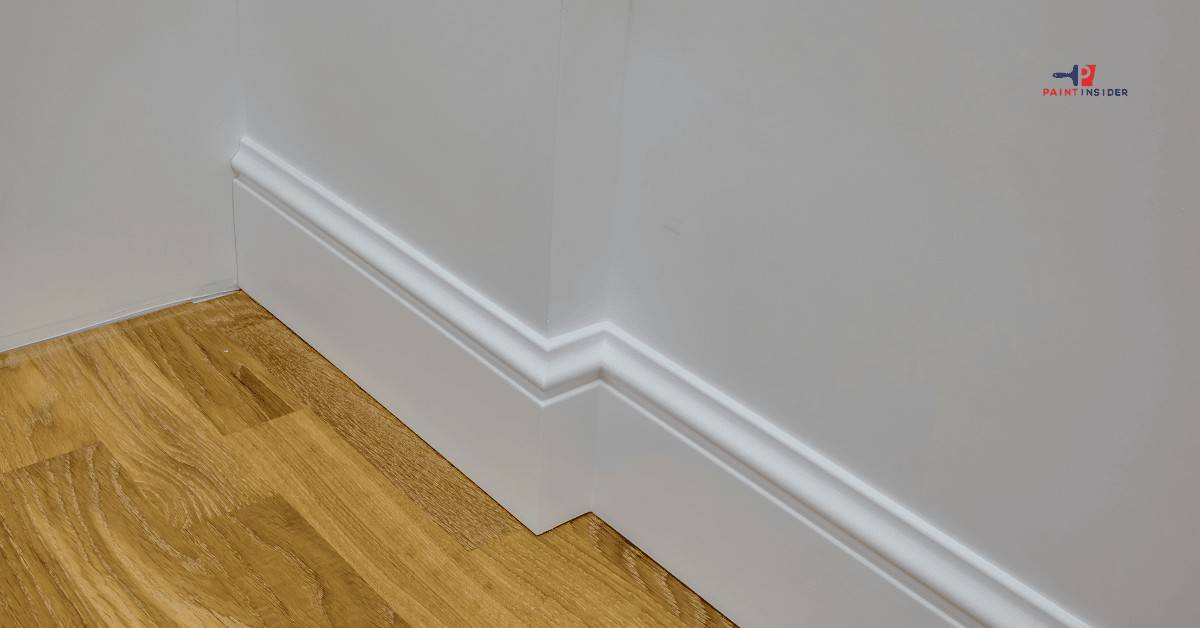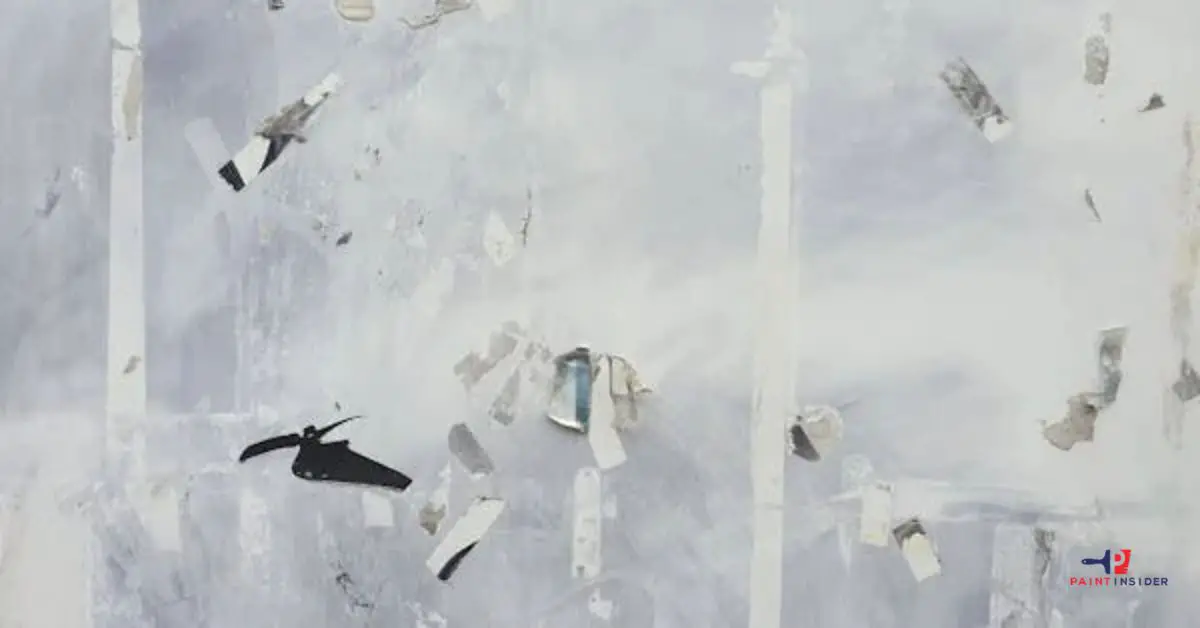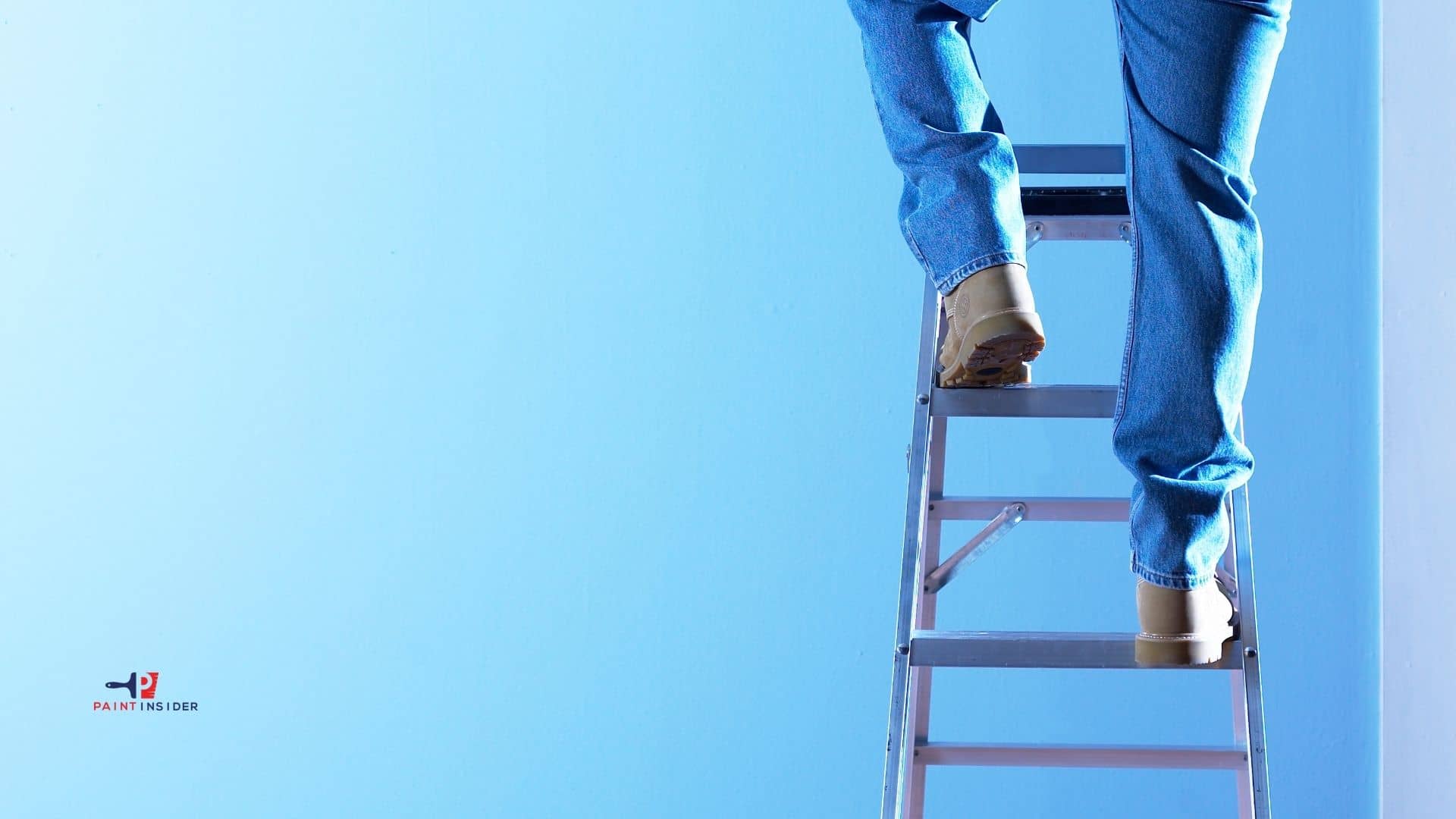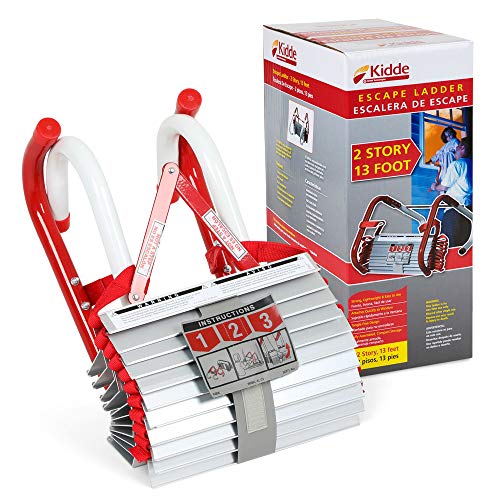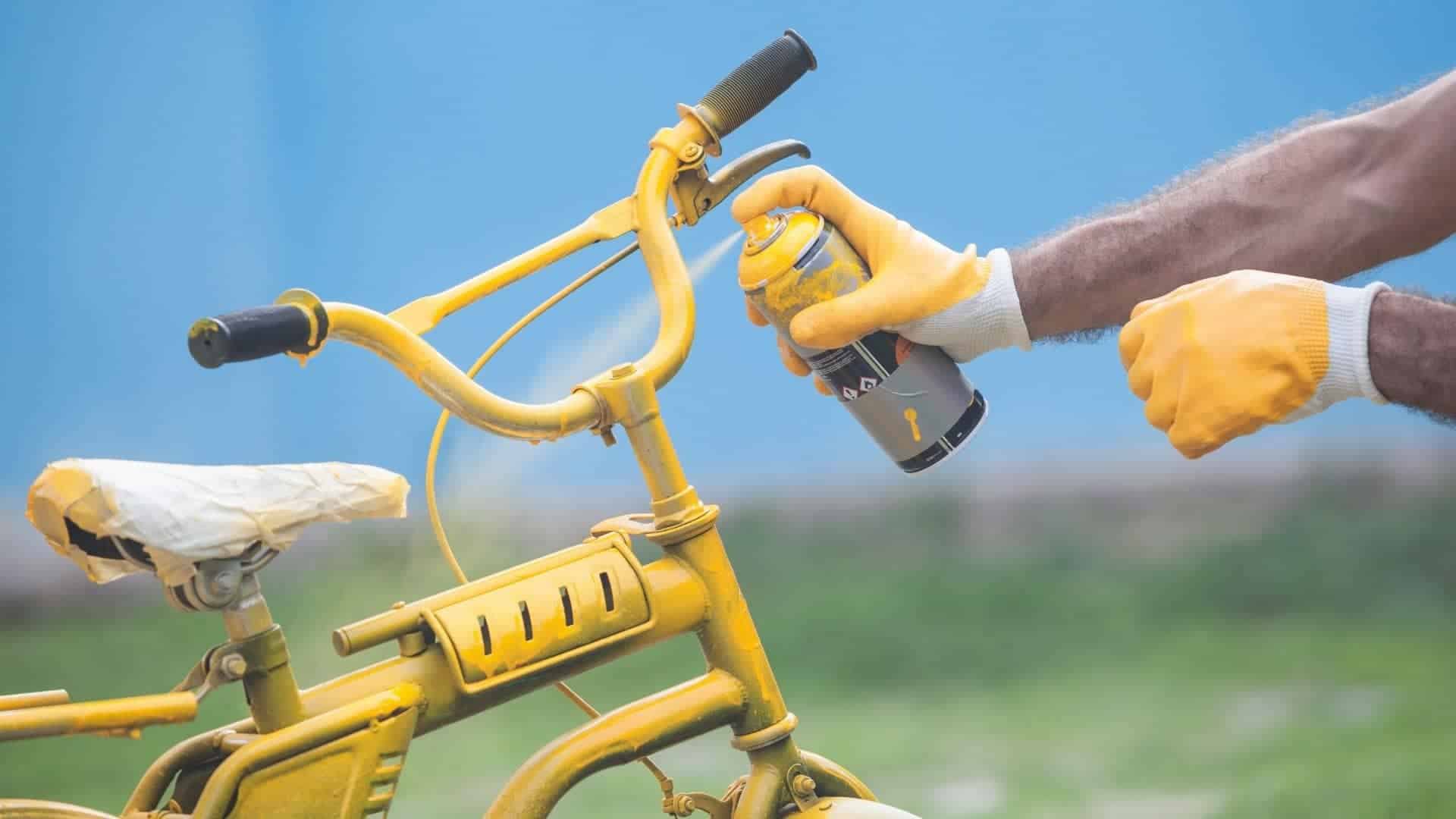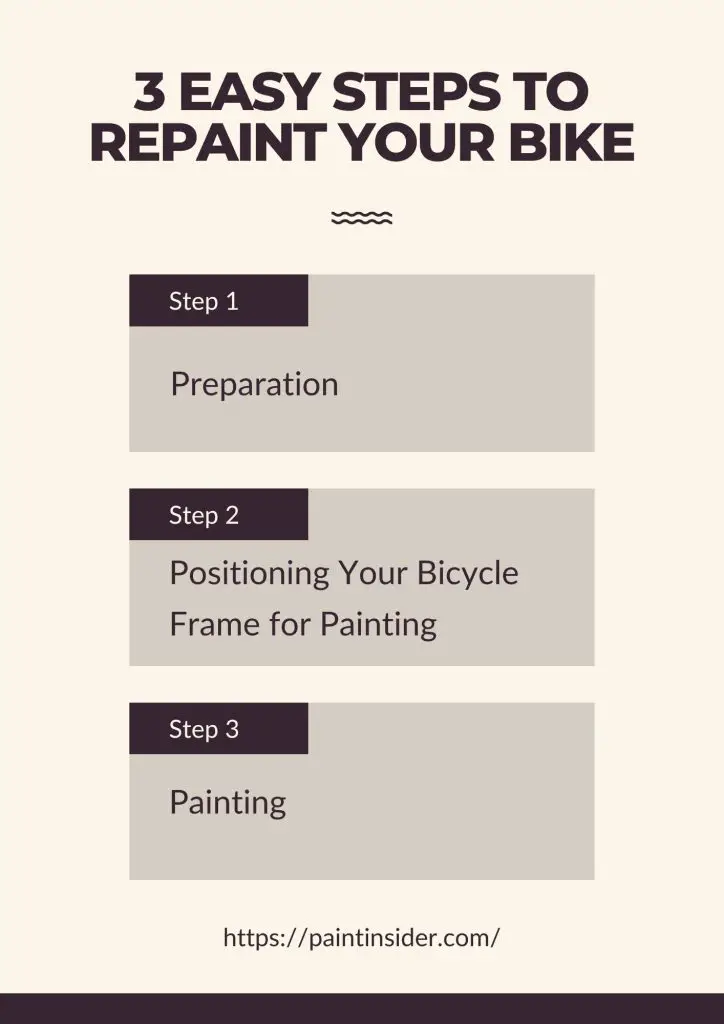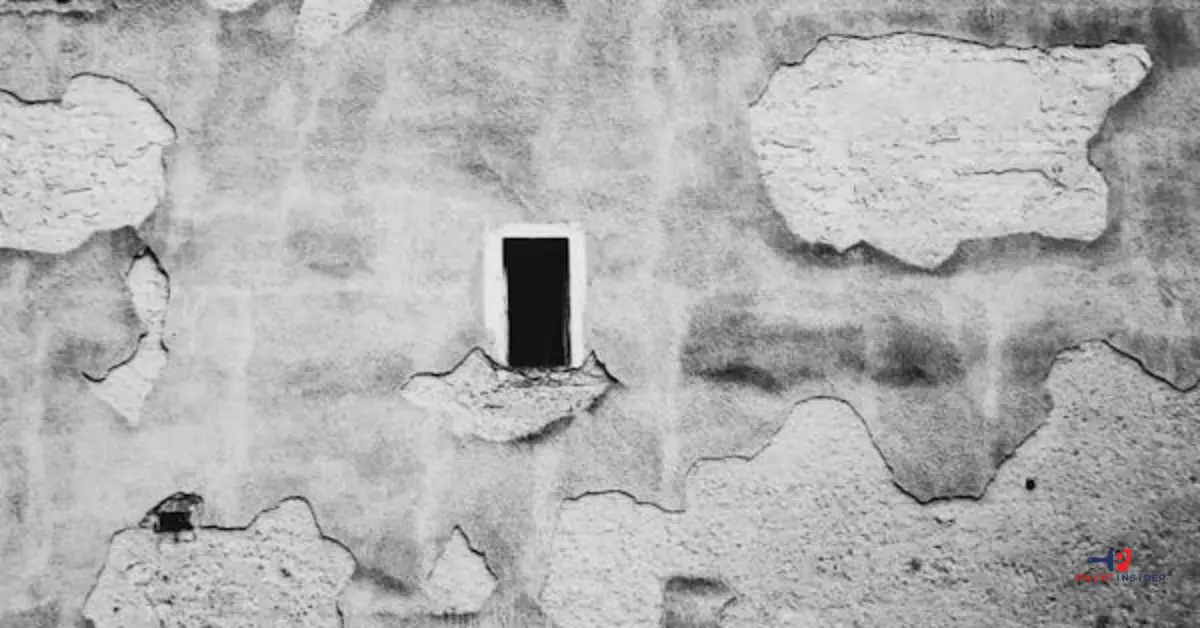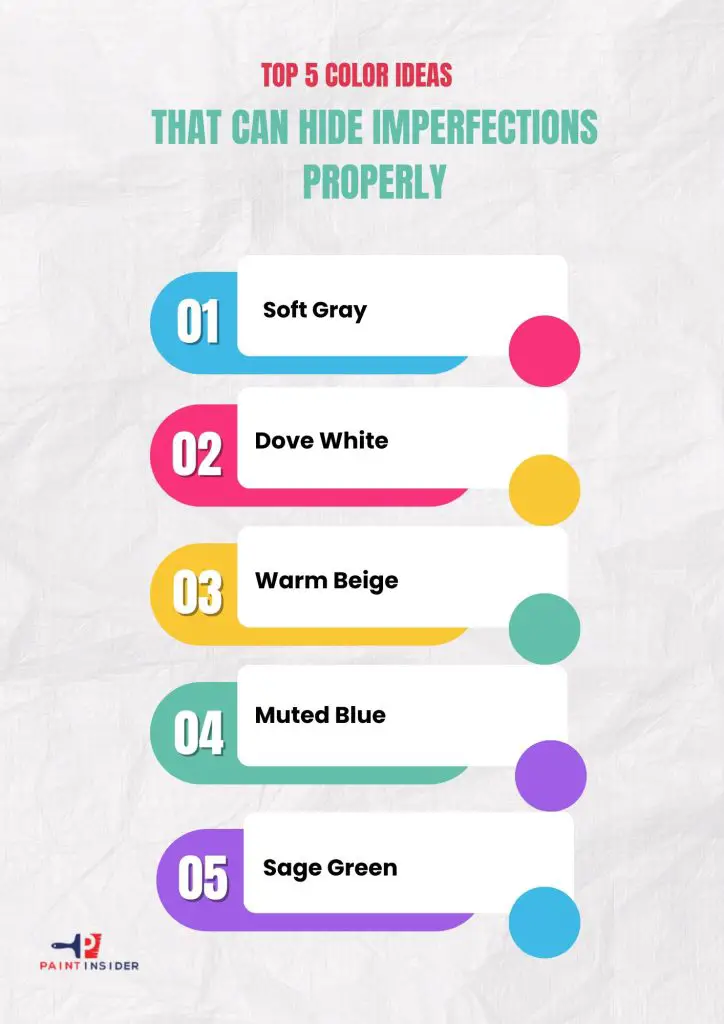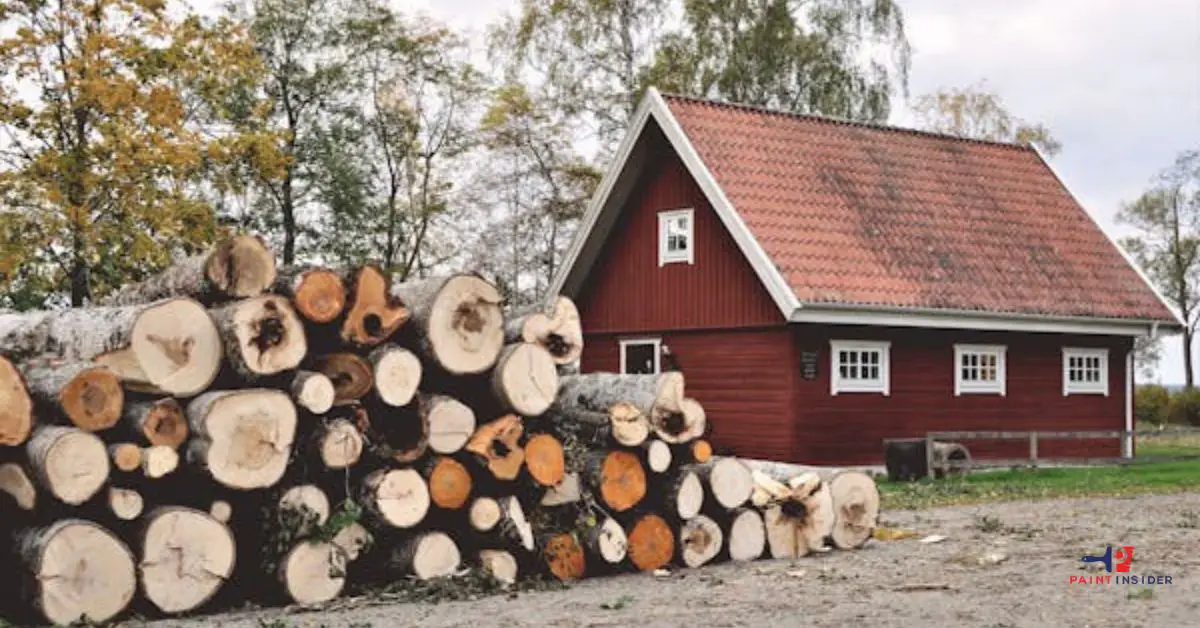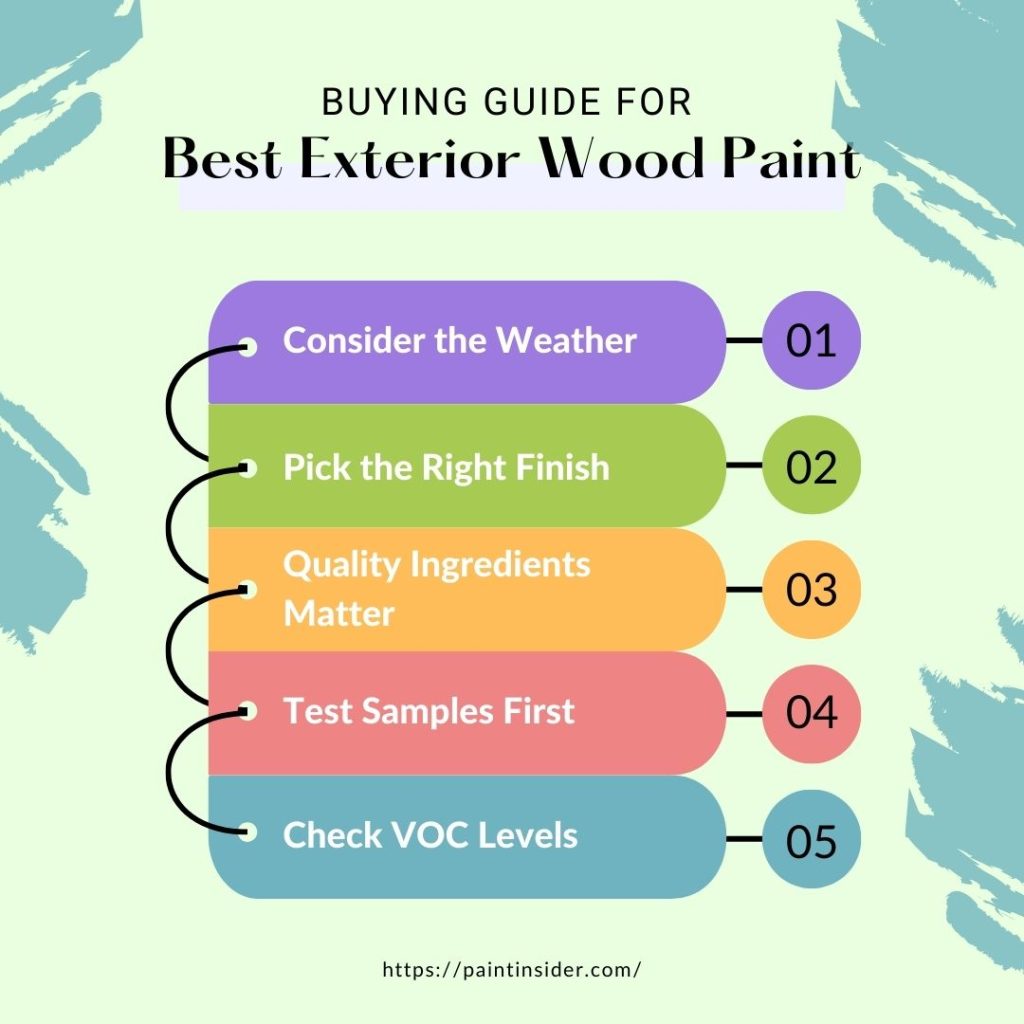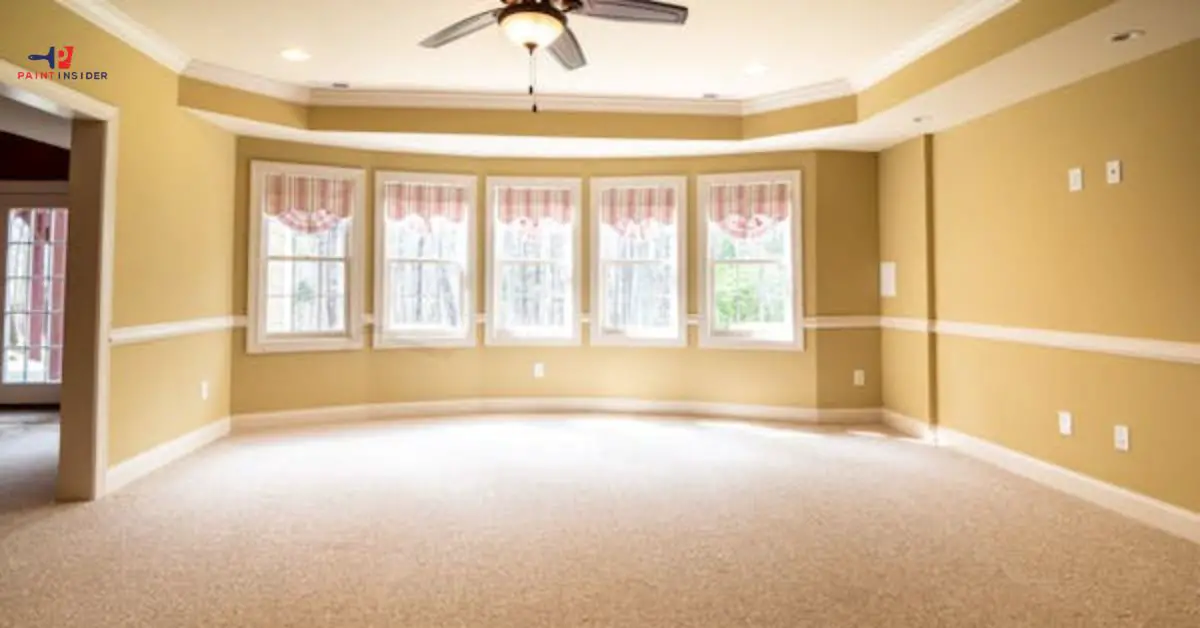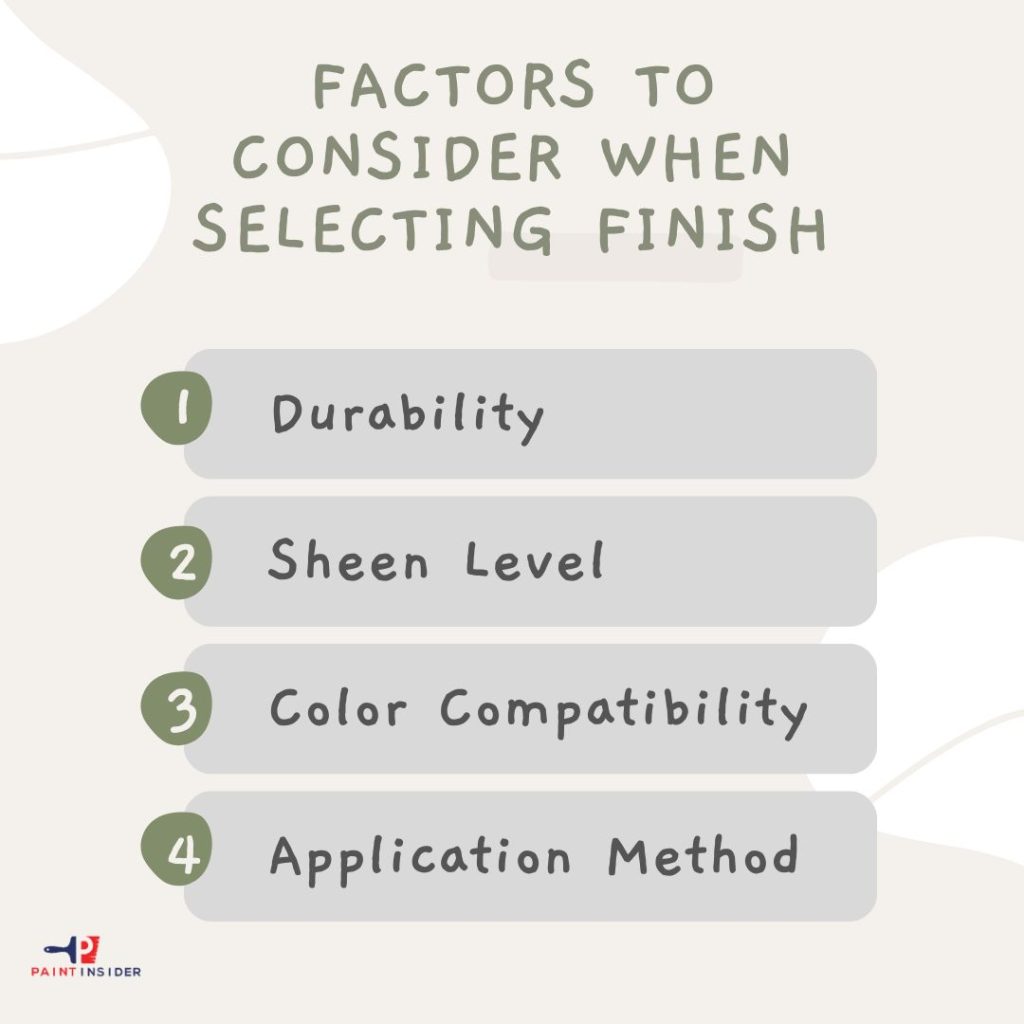Learn why stucco cracks and the key reasons behind this common issue. Explore expert insights and tips to prevent and fix stucco cracking effectively.
Introduction: Understanding Stucco Cracking Issues
Stucco cracking is a common issue that homeowners often confront, but understanding its underlying causes can transform how we approach repairs. One of the key reasons for stucco cracks is the material’s inherent nature it expands and contracts with temperature fluctuations. This movement can create stress points, leading to fissures if not properly managed during installation. Additionally, inadequate curing or moisture retention within the stucco mix contributes significantly to long-term cracking issues.
Another critical factor is structural settlement; homes naturally shift over time due to soil conditions or changes in load-bearing structures. If stucco isn’t flexible enough to accommodate these shifts, it will crack under pressure. Homeowners should also consider environmental factors like heavy rain or freeze-thaw cycles that exacerbate existing vulnerabilities in their stucco walls. Understanding these key reasons behind why stucco cracks can empower homeowners, enabling them to take proactive steps for maintenance and repair before minor issues transform into costly undertakings.
Common Causes of Stucco Cracks
One of the most common culprits behind stucco cracks is inadequate moisture management. When water infiltrates the surface and is unable to escape, it can lead to swelling and subsequent shrinkage as it dries. This cycle weakens the stucco integrity, resulting in unsightly fissures over time. Installing proper drainage systems is crucial for maintaining a healthy exterior.
Another key reason why stucco might crack relates to structural movement. Homes settle naturally as they age, but significant shifts caused by foundation issues or extreme temperature fluctuations can exacerbate this problem. Additionally, poor installation practices like not applying enough layers or using low-quality materials can create vulnerabilities that manifest as cracks down the line.
Lastly, external factors such as tree roots pushing against foundations or seismic activity in certain regions shouldn’t be overlooked. Even small tremors can cause subtle yet impactful shifts that compromise your stucco finish. Understanding these underlying causes empowers homeowners to take proactive measures be it regular inspections or timely repairs to safeguard their property’s exterior aesthetic and durability.
Improper Installation Techniques

- Inadequate Surface Preparation: Proper installation begins long before the stucco mixture ever touches the wall. Failing to clean, prime, or repair the surface can lead to poor adhesion and increase the likelihood of cracks forming. Dust, dirt, and moisture trapped beneath the stucco create a breeding ground for future issues.
- Layering Errors: Stucco is typically applied in multiple layers that need adequate curing time between each application. Rushing through this process can weaken the bond and result in unsightly fractures over time. Each layer has its own role and neglecting to follow established guidelines compromises both aesthetics and durability.
- Environmental Factors Ignored: Recent weather conditions should influence installation techniques significantly. For instance, applying stucco during extreme heat or dampness not only impacts drying times but also increases the risk of cracks developing as materials expand or contract unevenly.
Understanding these improper installation techniques provides valuable insight into maintaining your home’s exterior. Employing proper methods from start to finish will not only enhance appearance but also extend the life of your stucco, preventing costly repairs down the line.
Climate and Weather Impact on Stucco

Moisture Sensitivity:
One of the primary reasons stucco shows wear is due to climate-induced moisture levels. In areas with high humidity or heavy rain, water can seep into cracks and crevices, leading to significant damage over time. This moisture infiltration can exacerbate existing vulnerabilities in stucco, causing it to crack and blister.
Temperature Fluctuations:
Rapid changes between extreme heat and cold can create tension within the stucco surface. As temperatures rise, stucco expands, but when they drop sharply at night, it contracts. This cyclical expansion and contraction may lead directly to cracking a common problem in regions with unpredictable weather patterns.
UV Exposure:
Prolonged exposure to ultraviolet (UV) rays from the sun break down the chemical structure of many materials including stucco. Over time, this leads to fading colors and deterioration of its protective exterior. Choosing an appropriate paint or sealant that offers UV protection can drastically increase your stucco’s lifespan.
Wind Erosion:
Strong winds carrying debris or sand can wear away at a stucco’s surface finish over time. This abrasive action not only diminishes aesthetics but also exposes sub-layers vulnerable to the elements, increasing susceptibility to cracking.
By understanding these impacts on performance durability especially why stucco cracks you’ll be able to make informed maintenance decisions that protect your investment against nature’s whims.
Foundation Settling and Movement Effects
Foundation settling and movement can cause unnerving damage to your home, particularly evident in exterior materials like stucco. As the ground beneath shifts, it exerts pressure that leads to cracks and gaps in your walls, making you wonder, Why does stucco crack? These fissures often serve as telltale signs of underlying issues such as moisture infiltration or improper drainage that could escalate into more significant problems if left unaddressed.
One key reason your home’s foundation may settle is soil composition. Expansive clay soils, for example, swell when wet but shrink during dry spells, creating an unstable environment that challenges even well-constructed foundations. Regular soil maintenance and ensuring adequate drainage around your property can be proactive steps towards mitigating these effects. Sometimes simple adjustments like directing downspouts away from the foundation can make a big difference in preserving the integrity of stucco surfaces and preventing costly repairs down the line. Understanding how these dynamics work not only equips homeowners with knowledge but also empowers them to take charge of safeguarding their investments.
Use of Poor Quality Materials
Using poor-quality materials is a leading factor in why stucco cracks, often undermining the integrity of a structure over time. When subpar aggregates, binders, or additives are employed in stucco mixes, they lack the strength and resilience needed to withstand environmental stressors. For instance, low-grade lime or sand can lead to weak adhesion and an ineffective moisture barrier. As seasons change and temperatures fluctuate, these weaknesses manifest as cracks that not only mar the appearance of a building but also expose it to further damage.
Moreover, the impact of poor-quality materials extends beyond just immediate structural concerns; they can result in long-term costs for homeowners. Repairs may be frequent and expensive if you begin with inferior products. Investing initially in high-quality materials promotes durability and minimizes future maintenance needs a far more economical approach than dealing with repairs triggered by material failure. So next time you consider your stucco choices, remember: cutting corners on material quality may save money upfront but could ultimately result in substantial headaches down the line.
Aging and Wear Over Time
Aging and wear over time can manifest in various forms, notably in materials like stucco. While its aesthetic appeal makes it a popular choice for many homes, even the most robust stucco can develop cracks as it ages. One primary reason for this is the natural settling of a house; as the foundation shifts and settles over decades, stresses are placed on exterior materials, leading to vulnerabilities. Furthermore, temperature fluctuations cause expansion and contraction that contribute to cracking especially in regions with extreme climates where freezing nights give way to blistering days.
Moisture is another culprit behind stucco’s deterioration. Water infiltration from rain or snow can weaken the structure beneath the surface layer, while poor drainage exacerbates these issues. Over time, if small cracks are left untreated, they enable further water intrusion and lead to more extensive damage thus becoming not just an aesthetic concern but a significant structural one as well. Understanding these key reasons behind why stucco cracks allow homeowners to take preventive measures or act early when signs of wear first appear ensuring their home remains both beautiful and sound for years to come.
Prevention Tips for Stucco Cracking
Regular Maintenance:
Inspect your stucco surfaces regularly for any signs of wear or damage. Look for hairline cracks, which may seem minor but can signal larger issues if left untreated. Promptly addressing these small problems can prevent costly repairs down the line.
Control Moisture Levels:
One of the leading causes of stucco cracking is moisture infiltration. Ensure proper drainage around your home by maintaining gutters and downspouts to divert water away from the foundation walls. Additionally, consider landscaping that slopes away from your house to minimize water accumulation against stucco surfaces.
Choose Quality Materials:
Investing in high-quality stucco materials and professional installation can pay off significantly over time. Inferior products may not withstand environmental stressors as well, leading to increased cracking. When upgrading or building new structures, ensure you collaborate with reputable contractors who understand the nuances of stucco application.
Incorporating these tips into your routine will not only preserve the beauty of your home’s exterior but also enhance its longevity. By understanding why stucco cracks occur such as temperature fluctuations and improper installation you empower yourself to take proactive steps in safeguarding your investment.
FAQs about Why Stucco Cracks
1. What are the main reasons stucco cracks?
Stucco cracks are primarily due to settling, temperature changes, moisture issues, and poor installation practices.
2. How does temperature affect stucco?
Extreme temperatures can cause expansion and contraction in the stucco material, leading to cracks over time.
3. Can water damage cause stucco to crack?
Yes, excessive moisture from leaks or poor drainage can weaken the stucco, causing it to crack as it dries out or freezes.
4. Is poor installation a common cause of stucco cracking?
Absolutely! Improper mixing, application thickness, or inadequate curing can all contribute to premature cracking.
5. Are there different types of cracks in stucco?
Yes, there are hairline cracks (which are usually minor), shrinkage cracks (from drying out), and structural cracks (which may indicate serious issues).
6. How can I prevent cracking in my stucco?
Proper installation, regular maintenance, ensuring good drainage around your home, and choosing quality materials can help prevent cracking.
7. When should I be concerned about stucco cracks?
If you notice large gaps or vertical/horizontal cracks wider than 1/8 inch, it’s best to consult a professional for assessment.
8. Can cracked stucco be repaired easily?
Many small cracks can be repaired with patching compounds; however, larger issues may require professional repair services for a lasting fix.
Conclusion: Addressing and Preventing Cracks
Addressing and preventing cracks in stucco requires a multifaceted approach that balances immediate remedies with long-term strategies. Understanding Why Does Stucco Crack? Key Reasons Explained gives homeowners the insights necessary to make informed decisions. Cracks often emerge from factors like improper installation, moisture issues, or temperature fluctuations. By conducting regular inspections and maintenance, such as ensuring proper drainage systems are in place and avoiding direct contact with soil, homeowners can significantly mitigate the risk of damage.
Prevention doesn’t stop at routine checks; it also involves selecting high-quality materials and working with skilled professionals to install your stucco correctly from the start. Investing time in education about local climate challenges can empower homeowners to choose appropriate finishes that enhance durability while reflecting their aesthetic preferences. Remember, the goal isn’t just to patch cracks when they appear but rather foster a proactive mindset around home care that recalls preventative techniques used by seasoned homeowners throughout generations.




